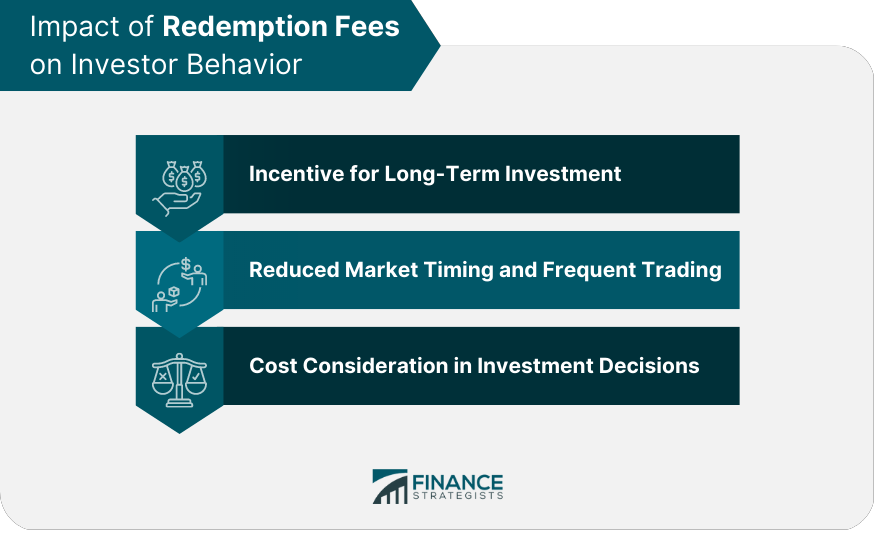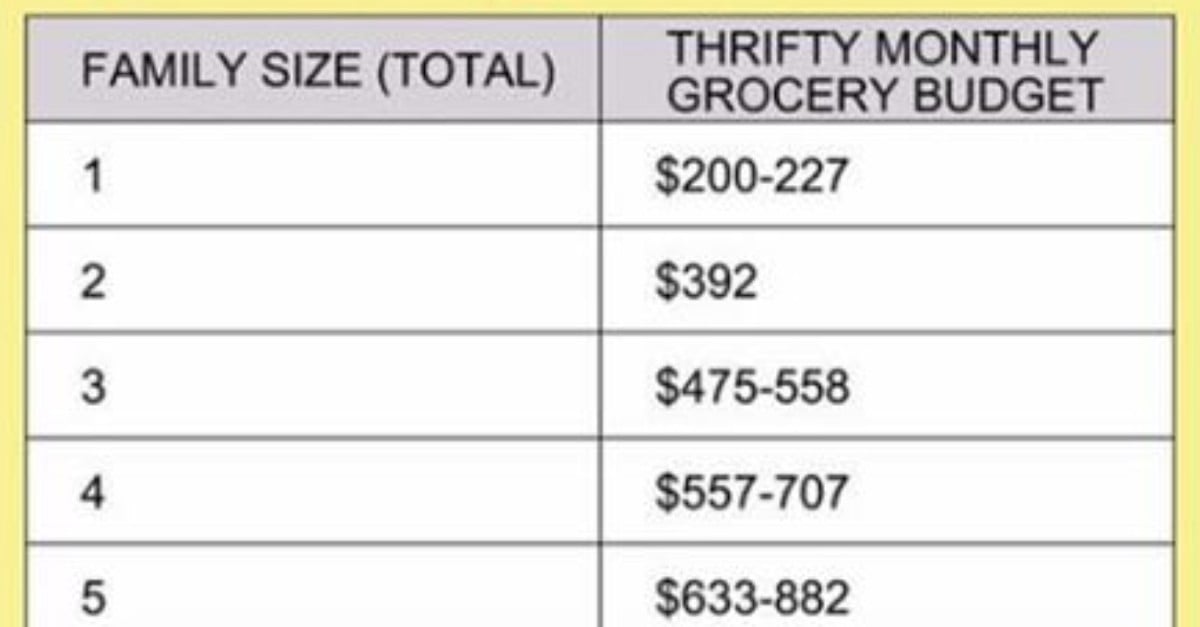Demystifying ‘3-5 Business Days’: What It Means, How It Works, and How to Plan for It
Introduction: The Meaning and Importance of ‘3-5 Business Days’
In business, logistics, and consumer transactions, the phrase 3-5 business days is a common indicator for delivery windows, contract deadlines, and service expectations. Understanding what this timeframe means is essential for both consumers and businesses to avoid confusion, plan effectively, and set realistic expectations. This article provides a thorough explanation of the term, actionable steps for calculating deadlines, real-world examples, and strategies for navigating challenges-including international considerations.
Understanding ‘Business Days’: Definition and Calculation
A business day typically refers to any weekday-Monday through Friday-excluding weekends and recognized public holidays. These are the days most businesses and organizations operate under standard hours, which usually run from 9 AM to 5 PM [1] [2] . When a service or shipping provider promises delivery or completion within ‘3-5 business days,’ they are referencing only these working days.
For example, if you order a product on a Thursday and the delivery window is 3-5 business days, the earliest your order could arrive is the following Tuesday (assuming no holidays), since weekends do not count [3] .
How ‘3-5 Business Days’ Works in Practice
The calculation of ‘3-5 business days’ is straightforward but requires attention to the starting point and the exclusion of weekends and holidays. Here’s a practical breakdown:

Source: es.learniv.com
- Order placed on Monday: Day 1 is Tuesday, Day 3 is Thursday, Day 5 is the following Monday.
- Order placed on Friday: Day 1 is Monday, Day 3 is Wednesday, Day 5 is Friday.
It is critical to confirm when the countdown begins. Some companies start counting from the day your order is processed (not necessarily the purchase date), which may add an extra day depending on their workflow [4] .
Why Businesses Use ‘3-5 Business Days’
The ‘3-5 business days’ window strikes a balance between speed and cost efficiency. Express services may offer next-day delivery, but standard shipping options typically fall within this range to manage logistics and keep costs reasonable. This timeframe also allows for variability due to external factors such as shipping volumes, distance, or operational delays [2] .

Source: pinterest.com.mx
Real-World Examples and Case Studies
Consider an eCommerce retailer promising shipment within 3-5 business days. If a customer orders on Wednesday before the cutoff time:
- Processing occurs on Wednesday.
- Business Day 1: Thursday
- Business Day 2: Friday
- Weekend: No count
- Business Day 3: Monday
- Business Day 4: Tuesday
- Business Day 5: Wednesday
Delivery could occur any time between Monday and Wednesday of the following week, depending on the carrier and distance.
Global Variations and Considerations
While the standard business week is Monday through Friday in the U.S. and most Western countries, other regions differ. For instance, in the Middle East, the workweek may be Sunday through Thursday, with Friday and Saturday as the weekend. Similarly, national holidays vary by country, impacting delivery or service timelines [5] . International buyers and businesses should clarify terms to prevent misunderstandings.
For cross-border transactions, always verify the local definition of a business day and account for time zone differences. When working with international partners, specify whether local or origin country business days should be used in contracts and communications.
Common Challenges and Solutions
Challenge: Uncertainty about start or end date.
Solution: Contact the provider to confirm when the business day count begins-typically after order processing or payment clearance. If shipping is involved, request tracking details to monitor progress.
Challenge: Unexpected delays due to holidays or operational issues.
Solution: Check the provider’s official holiday calendar, read their shipping policy, and allow extra time when planning around public holidays. For critical deadlines, opt for expedited services with guaranteed delivery dates.
Step-by-Step Guidance for Managing ‘3-5 Business Days’ Deadlines
- Confirm the Start Date: Ask the provider whether the count begins on the purchase date, order processing date, or shipment date.
- Identify Exclusions: Determine which days are excluded (typically weekends and public holidays).
- Calculate the End Date: Using a calendar, count only the qualifying business days from the start date.
- Account for Holidays: Check for any public holidays during the window, as these will extend the timeline.
- Set Expectations: Communicate the expected timeframe to all stakeholders (customers, partners, team members).
- Monitor Progress: If tracking is available, use it to anticipate delivery or completion dates.
For legal contracts or financial transactions, always review clauses specifying business days and confirm with the other party how they define and calculate these days.
Alternative Approaches and Ways to Expedite
If your deadline or delivery is time-sensitive, consider these alternatives:
- Expedited Shipping: Many carriers offer one or two business day options for an additional fee.
- Same-Day Services: Available in some regions for local deliveries or high-priority transactions.
- Digital Transactions: For contracts or payments, digital platforms often process instantly, bypassing business day limitations.
To access these services, review the provider’s official website or contact their customer service directly for current offerings. If you’re dealing with government agencies, search for the program or office name on their official site and review business hours and holiday schedules before submitting time-sensitive requests.
Key Takeaways and Best Practices
Understanding and correctly calculating ‘3-5 business days’ is crucial for planning, managing expectations, and ensuring successful transactions or deliveries. Always verify the provider’s policies, clarify start and end dates, and consider holidays and global variations. For urgent needs, explore expedited services and communicate proactively with stakeholders.
References
- [1] GMB Briefcase (2022). How Long Is a Business Day? A Clear and Concise Explanation.
- [2] Atomix Logistics (2025). Understanding Business Days for Shipping: What It Means and How It Affects Delivery Times.
- [3] Replicon (2024). How Long Is a Business Day? Everything You Need to Know!
- [4] FreightAmigo (2025). Understanding Business Day Shipping: How Long is 1-3 Business Days?
- [5] Inc Domain (2025). What Are Business Days?
MORE FROM jobsmatch4u.com













